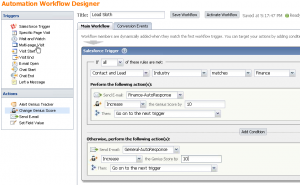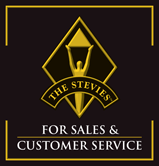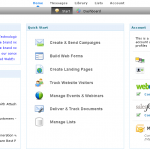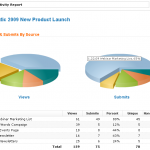In the spirit of Twitter’s Follow Friday I’d like to finally publish the remaining Demand Generation blogs that I enjoy reading. Earlier I published the Top 10 Demand Generation vendor blogs and the Top 10 Marketing Automation Blogs.
Of course, there were many great blogs that I forgot to include, so here are the remaining ones!
- B2B Marketing Zone
This is more of a meta-blog, aggregating a large number of B2B blogs, including this blog. I’ve discovered several new and interesting blogs on the B2B Marketing Zone, so highly recommended. - DemandGen Report
This is an leading online magazine for Marketing Automaton, which features vendor information, news articles a job board and more. - Rebekah Donaldson’s “Red on Marketing”
Rebekah and her team write about demand generation, with lots of good articles on content marketing and social media. - Brenda Gelston’ Marketing Momentum blog
This blog provides a strategic perspective on the demand generation process. - Gary Katz, Marketing Operations at Work
Gary is one of the forces behind promoting marketing operations as a important specialty, and on his blog he writes about this. - Ken Molay, Webinar Blog
Demand generation is not complete without covering Webinars, one of the key lead generation programs. Ken’s blog full of useful webinar ideas. - Net-Results blog
This is one of the newer vendors in the Demand Generation market, focused on the SMB market. - Jeff Ogden’s Fearless Competitor blog
Jeff specializes in helping companies find new customers, he wrote a great e-book about that, and blogs about Demand Generation, primarily from a Sales perspective - Upshot Institute
This is a resource website with information on marketing automation vendors, podcasts, webinars and blogs.
I hope you found some interesting new blogs in this list. And again, if you have any blog recommendations, please let me know: I’m looking forward to discover new thought leaders.
UPDATE: I’ve now put all marketing automation blogs on a single page.


 The
The  Genius.com
Genius.com  Loopfuse, a provider of open source marketing automation and email marketing solutions, has
Loopfuse, a provider of open source marketing automation and email marketing solutions, has  In the old days, sales people managed the entire sales process: they took leads from the awareness phase, via discovery of possible solutions, to the final validation phase. Today, prospects get much of their information online, and often go through awareness and discovery without ever talking to a sales person. Sales may not be involved, but marketing for sure…
In the old days, sales people managed the entire sales process: they took leads from the awareness phase, via discovery of possible solutions, to the final validation phase. Today, prospects get much of their information online, and often go through awareness and discovery without ever talking to a sales person. Sales may not be involved, but marketing for sure…

